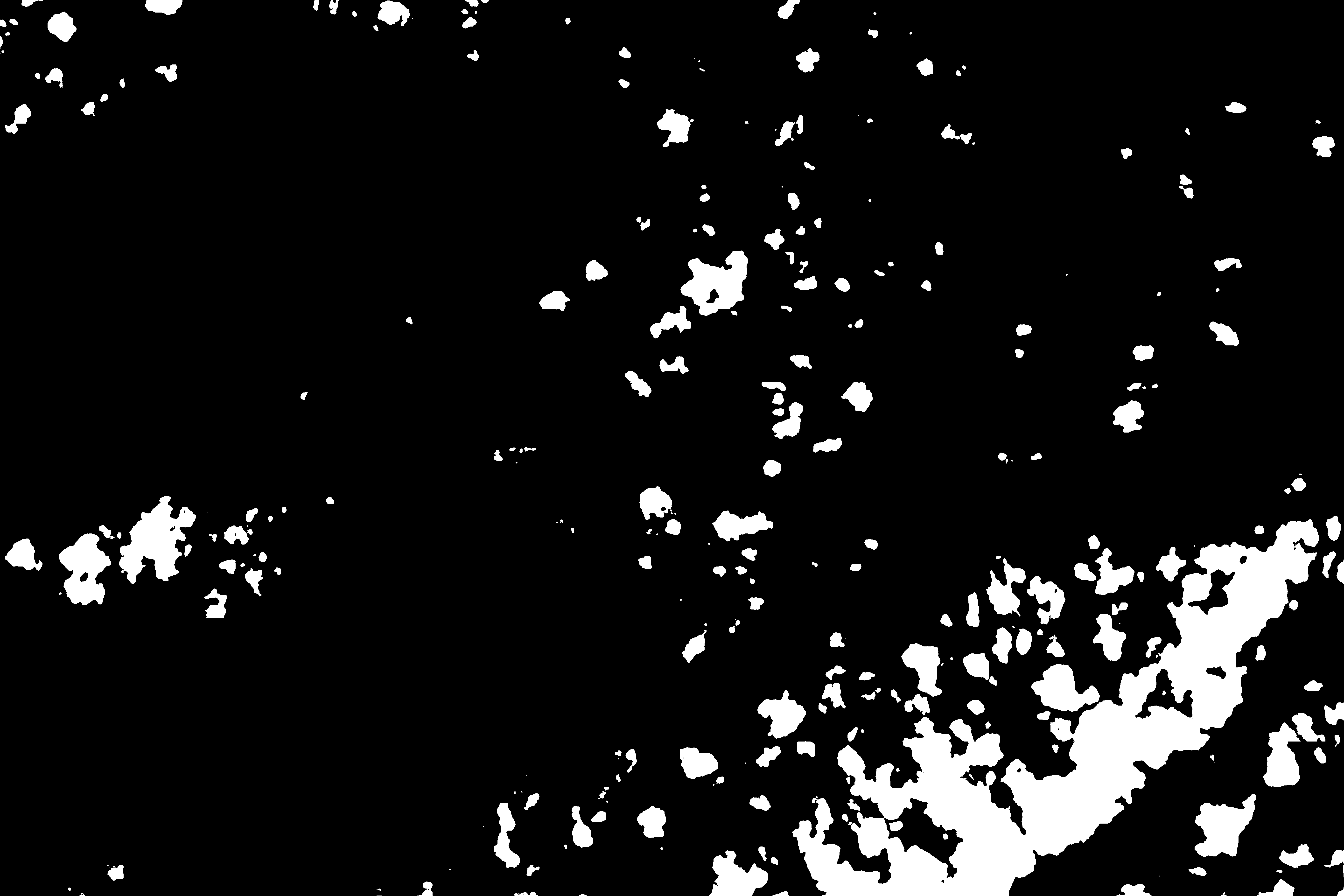ISS064-E-424
| NASA Photo ID | ISS064-E-424 |
| Focal Length | 460mm |
| Date taken | 2020.10.25 |
| Time taken | 11:26:09 GMT |
150 x 115 pixels 720 x 550 pixels 720 x 550 pixels 5568 x 3712 pixels 640 x 427 pixels
Country or Geographic Name: | TUNISIA |
Features: | BAHIRET EL BIBANE, RAS AJDIR, AL MARSA |
| Features Found Using Machine Learning: | |
Cloud Cover Percentage: | 25 (11-25)% |
Sun Elevation Angle: | 46° |
Sun Azimuth: | 186° |
Camera: | Nikon D5 Electronic Still Camera |
Focal Length: | 460mm |
Camera Tilt: | 37 degrees |
Format: | 5568E: 5568 x 3712 pixel CMOS sensor, 35.9 x 23.9 mm, total pixels: 21.33 million, Nikon FX format |
Film Exposure: | |
| Additional Information | |
| Width | Height | Annotated | Cropped | Purpose | Links |
|---|---|---|---|---|---|
| 150 pixels | 115 pixels | Yes | No | Download Image | |
| 720 pixels | 550 pixels | Yes | No | Download Image | |
| 720 pixels | 550 pixels | No | No | Download Image | |
| 5568 pixels | 3712 pixels | No | No | Download Image | |
| 640 pixels | 427 pixels | No | No | Download Image |
An astronaut aboard the International Space Station (ISS) took this photograph of a 30-kilometer (20-mile) long lagoon on the eastern shore of Tunisia. A narrow sand bar separates it from the Mediterranean Sea. The small town of Al Marsá appears as a slightly darker zone at the head of the lagoon.
The lagoon is ecologically important. Fish grow to maturity in this protected nursery and then swim out to sea via narrow openings near the middle of the sand bar, making Bibane one of the best known fishing grounds in Tunisia. It is also an important breeding site for migratory shore birds and has been consequently declared a RAMSAR site, a designation for protected wetlands of international ecological significance.
Bathymetric maps show that the long line of lighter-toned shallow water offshore is a drowned shoreline. A small island, barely above sea level, marks the end of this shoreline. This shore was exposed to active wave action when sea level was lower on several occasions in the past million years.
This area has featured in studies of microtopography on Mars. Although not visible from the space station, thin layers of algae form on the salt flats surrounding these coastal lagoons. Known as algal mats, these features have been suggested as possible analogs for small features observed on Mars (//www.sci-news.com/space/science-curiosity-ancient-microbial-life-mars-02389.html) by the Curiosity rover.




